Ned Breslin: Building Momentum — Is Self-starter the New Self-sufficient?
Every time I see Mayor Mendoza, I am greeted by his warm smile and a firm hug. When I saw him yesterday, however, the mayor of the Honduran municipality of San Antonio de Cortes had something important he wanted to discuss, something that he had been thinking about since I had last seen him eight months ago.
I first visited San Antonio in 2007, when we tested Water For People’s newly developed mapping and monitoring system with the World Water Corps, the volunteer wing of Water For People. Each visit to this progressive municipality brings new ideas and results — for example, I have been stunned by the roll-out of water meters to more effectively track water use and tariffs throughout San Antonio — and the people here like to think big.
Mayor Amner Mendoza Motiño, a tall man who seems to always be smiling, is on of those big thinkers. An agricultural extensionist by training and profession, Mayor Mendoza has only recently come into formal politics. I had last seen him in the nearby municipality of Chinda in January, when the mayor of that town was announcing that Chinda had reached full coverage for EVERYONE – every citizen had clean water and sanitation.
Yesterday, Mayor Mendoza asked me why Water For People had not signed a similar agreement with San Antonio, because he also wanted to achieve full coverage for EVERYONE.
The only response that I could muster was, “That’s a good question!”
As I have mentioned in a previous blog about lasting coverage, Water For People is modeling EVERYONE initiatives globally: meaning that everyone, including future generations, can and should have access to sustainable clean water systems.
This is not just an idea for us to brand. Rather, we believe this campaign can become a movement, focusing on lasting coverage, boosting low levels of coverage to full coverage, and setting up financial, technical, and managerial systems that will ensure that water poverty is truly eradicated — co-financing all around; 10 years of monitoring and support; services to all villages, not just those that are easily accessible and thus less costly.
But, as this program continues to evolve, we have recently been discussing if there is value in having the EVERYONE commitment driven by communities and municipalities, rather than directed as an NGO initiative. Mayor Mendoza’s question was a perfect opportunity to test whether our EVERYONE program can make this transition.
We hope to use Mayor Mendoza and San Antonio as a case study to answer these questions that we have been debating in our headquarters and in the field:
- Would local ownership and investment in the work be increased if the municipality itself were a self-starter program, if the municipality were making the case to us that it wants to achieve full coverage for EVERYONE forever, instead of the other way around?
- What if Water For People then took a back-seat role, signing on to the community’s pledge to support the government in achieving its goal?
- What specific changes would each community make to the model that we have outlined?
The first step was to have Mayor Mendoza write out his specific pledge on a piece of paper, then transfer it to the municipality’s official letterhead. The pledge read that, as mayor, he was committing the municipality to a program where EVERY family, EVERY school, EVERY clinic — EVERYONE — would have water and sanitation. San Antonio de Cortes includes 44 communities, 60 schools, three public health clinics, and more than 60,000 people, according to the technicians responsible for the municipality’s water and sanitation facilities. Many families live in hard-to-reach areas, so reaching EVERYONE will be challenging due to a mix of the region’s hydrology and the existing settlement patterns.
But Mayor Mendoza wants the program to succeed; this program that was his idea, that he penned on paper himself.
He has committed to co-financing from the government and the communities, with the finances coming from the municipality accounting for 50 percent of the total costs for the program. We at Water For People have committed to 10 years of post-implementation monitoring support which will mainly be spearheaded by the municipality itself. Mayor Mendoza has suggested some additional programmatic and financial changes that would bind the municipality more closely to these lasting results and allows San Antonio to successfully meet the goal of full coverage for EVERYONE forever.
Interestingly, although it is part of the EVERYONE commitment originally penned by Water For People, the mayor’s version of the pledge did not include the outcome that no other international water and sanitation agency would ever be needed by the municipality. Mayor Mendoza did not want to write this, and his reasoning was simple, he told me — although he wants that outcome achieved, he’s deeply worried about natural disasters and political opponents.
“Do not misunderstand. I like the ideas about an infrastructure bank to finance system replacement in the future, and I do not want to need outside NGOs ever again,” said Mayor Mendoza, smiling, as always. “I just do not want it written; we all hope we can achieve full coverage forever without the need of more help, even in case of another hurricane.”
Mayor Mendoza survived Hurricane Mitch in 1998, and he helped to rebuild San Antonio in the wake of that natural disaster. He told me that international relief agencies were very important during the hurricane and after it, and he did not want a document to be misinterpreted if a disaster were to strike again.
Additionally, the mayor told me that he is also slightly worried that political opponents would use the document to say that he was driving away NGOs from a poor municipality.
These are two key points that we, as outsiders, would not have thought about, and thus why the original Water For People EVERYONE pledge looked slightly different than Mayor Mendoza’s version. But, ultimately, San Antonio is Mayor Mendoza’s responsibility, not Water For People’s. And while many agencies will bypass local governments altogether — for a variety of reasons, such as corruption, human resource constraints, and bureaucratic complications — our program is driving forward with a clear and audacious outcome in mind: we want the community to be self-sufficient, and much of that depends on being a self-starter.
Water For People is rightly playing a support role, and, if success is achieved, then the residents of San Antonio and its mayor will rightly be seen as the ones who solved the municipality’s water and sanitation problem.
And so it was that we signed, on San Antonio de Cortes letterhead, Mayor Mendoza’s WASH plan for EVERYONE forever.
Ned Breslin
Follow Ned Breslin on Twitter.

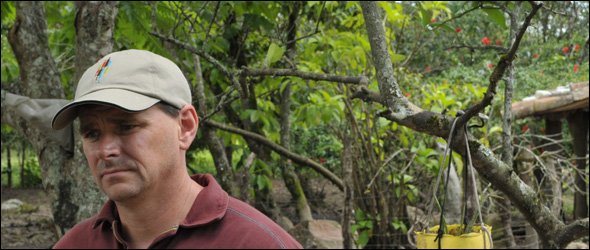


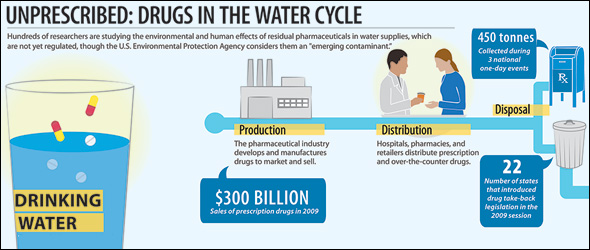
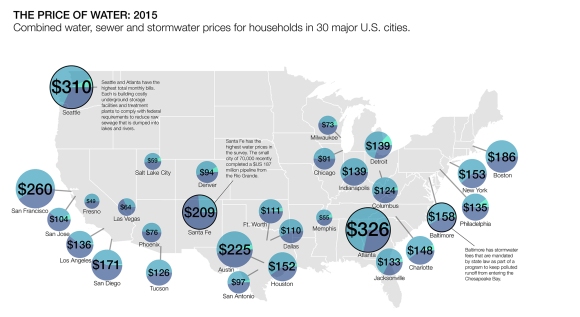
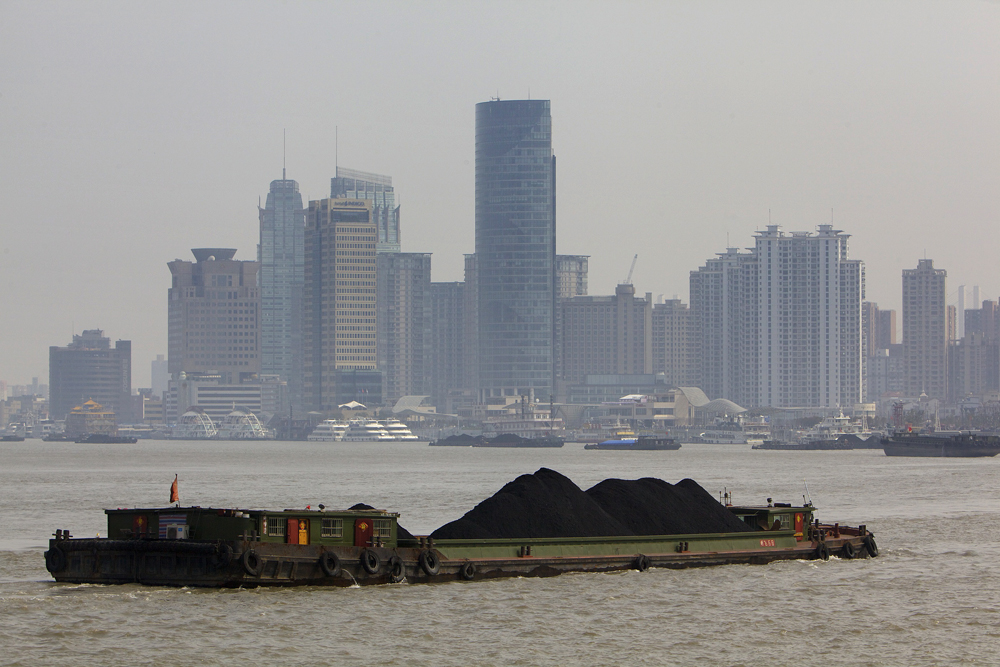

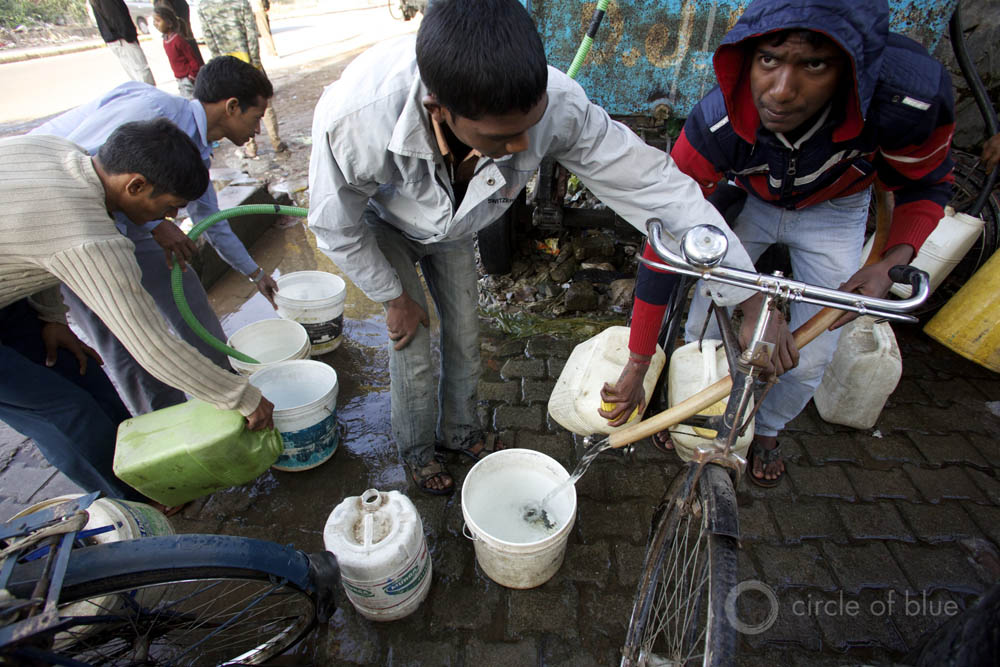



Leave a Reply
Want to join the discussion?Feel free to contribute!